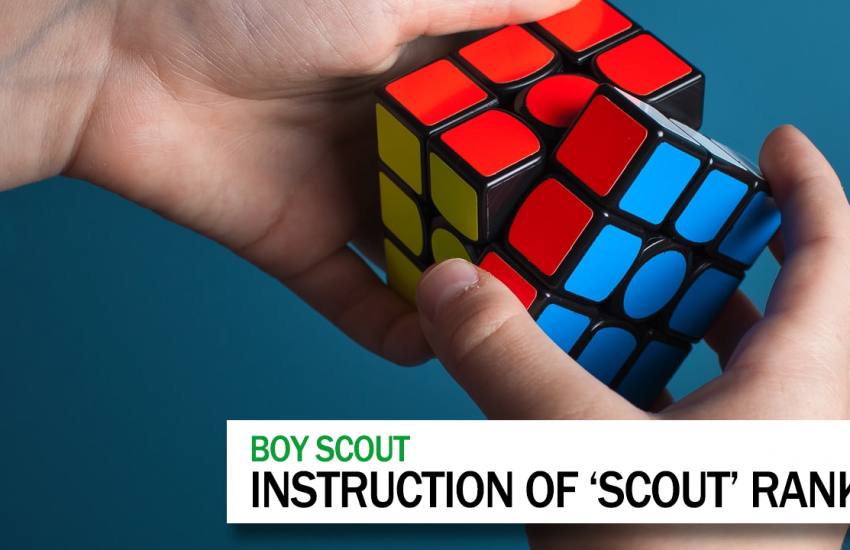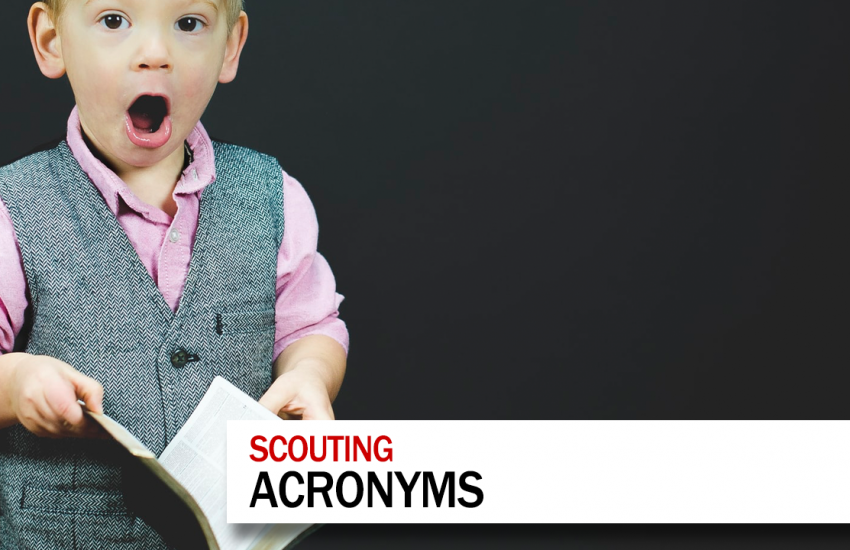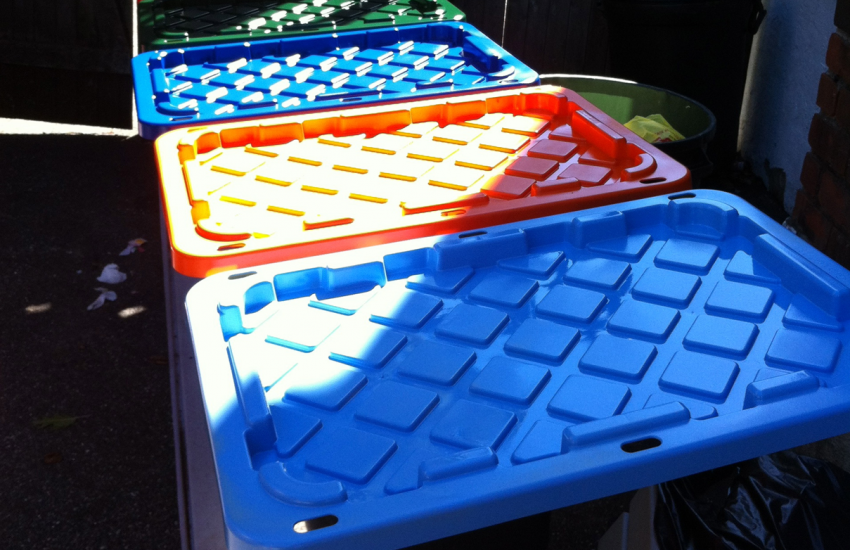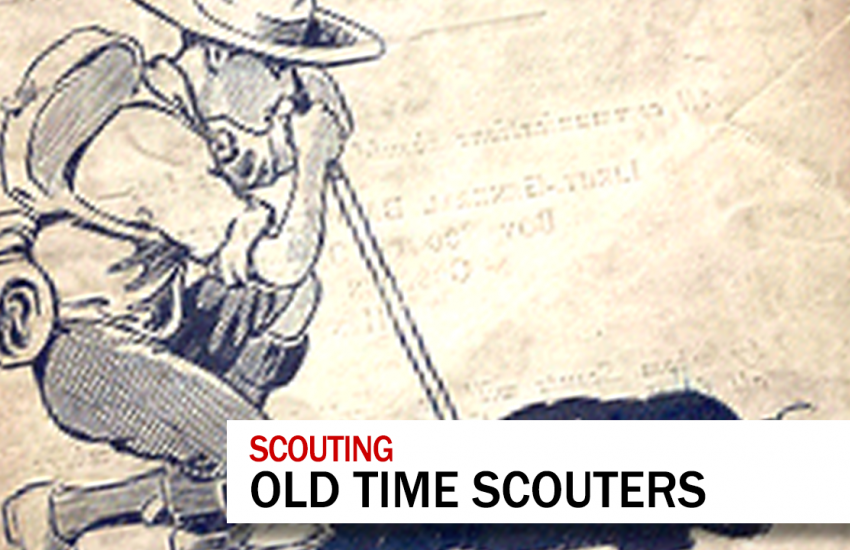As cubs move up to the Boy scouting program (ScoutsBSA) setting them up to succeed is important and easy to do by setting the stage and expectations from “Scout” rank.
Transcript:
Scout rank is the introductory rank in the ScoutsBSA program, and as such I like to lay the groundwork with new scouts with some of the requirements.
There are five of the seventeen requirements that embody the ScoutsBSA program and as such I take personal pride in working with the scouts to achieve them. They are:
1a: Repeat from memory the Scout Oath, Scout Law, Scout motto, and Scout slogan. In your own words, explain their meaning.
1c: Demonstrate the Scout sign, salute, and handshake. Explain when they should be used.
1f: Repeat from memory the Pledge of Allegiance. In your own words, explain its meaning.
2c: Describe what the Boy Scout ranks are and how they are earned.
2d: Describe what merit badges are and how they are earned.
The core of the scouting program is the scout oath and scout law. There is no better framework than to go through the scout oath and law slowly, and really dig into each of the points.
It’s important that the scout gets an understanding of what the words mean but it’s also important to mentally link the scout oath and law with the adult leadership. They should be able to look to any of the troop’s adults as an embodiment of the oath and law.
When I say go through it, I mean methodically. Lets take a little of the scout oath to start to illustrate what I mean.
We have the scout start it, or help them as we do it together. “On my honor”, then I tell them to stop.
I ask, what is honor., and have them try and explain it. Most won’t know what the word means. In fact it’s a good idea to go through it yourself prior to working with the scouts, as we say lots of words that we adults don’t know the true meaning of.
Honor, is a pledge, a strong promise. The dictionary term is “adherence to what is right or to a conventional standard of conduct.”, but the point is they understand the concepts as you go through the oath.
Each time we stop, I have them start again from the beginning. It not only reinforces the activity, but help aid in remembering it. As we continue, “On my honor, I will do my best”. Stop. “Do my best”, does this mean we are perfect? Of course, not the scout will say, and then you have a short discussion about what it means to them to do their best.
As you can see, for each part you are dissecting it, giving it attention, and with that attention comes the true power of understanding.
These foundations are important, more important that just having a scout check it off in their book.
For requirement 1c, for me the important part is the handshake. I have the scout look me in the eye, and explain why it’s important to do so, as it’s a sign of respect. While it doesn’t take very long, it starts to instill the values we are trying to teach.
The pledge, requirement 1f is similar to the oath and law.
This one particularly, I do as tradition, as there was an old scoutmaster who passed a few years back who would do this with the boys. He would painstakingly go through the pledge. Sometimes it could take the better part of an hour.
While I don’t subject the scouts to this amount or rigor, I do take about 15 minutes to go through it. It reinforces the concept of citizenship, and ties to the scout oath and law.
Parts 2c and 2d I do for practical purposes. As leaders it’s important to set the troop expectations on merit badges, and explain the specific mechanics of how rank is earned, since it relies on troop committee members for the board of review.
All in all I think by doing this it sets the boy, or girl up for success, laying the groundwork for the adventures to come.
Take what you like and leave the rest, and as we say in Woodbadge, feedback is a gift, leave yours below in the comments, with the hope we can all learn together.
I’m Scoutmaster Dave, and this was a little on the introduction of scout rank.




